I was expecting a lot of things landing in Japan; great customer service, order, a clean city, sensible traffic. Check. I was also expecting it to be a lot more expensive than South East Asia. Double check. What I was not expecting was it to be 7 degrees when we landed! We still had our shorts and sandals on!
Our hotel was in the Ginza district – one of the plushest shopping areas in Tokyo. As we walked past Prada, Gucci and various other designer stores, we looked completely out of place with our backpacks, shorts and dirty walking shoes.
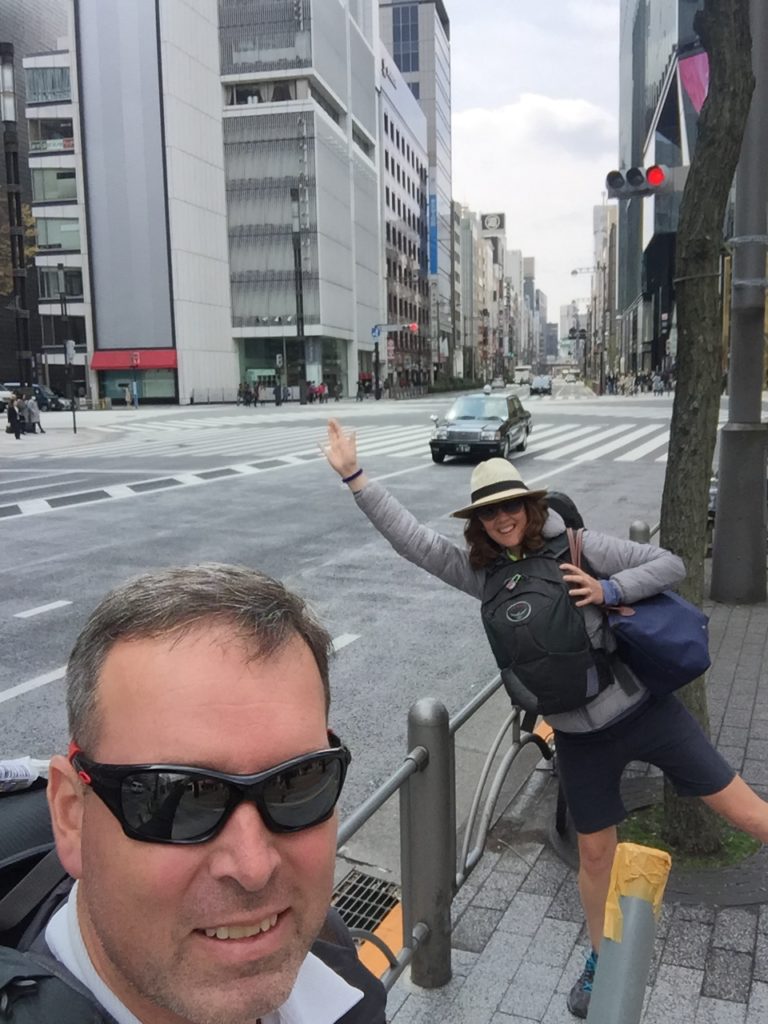
Annoyingly, our hotel room wasn’t ready yet, so out we drifted again (still in our walking shoes and shorts) into the nearest coffee shop, which could have been a designer coffee shop by the looks of the cake, the tea cups and the prices! At least the cake was delicious.
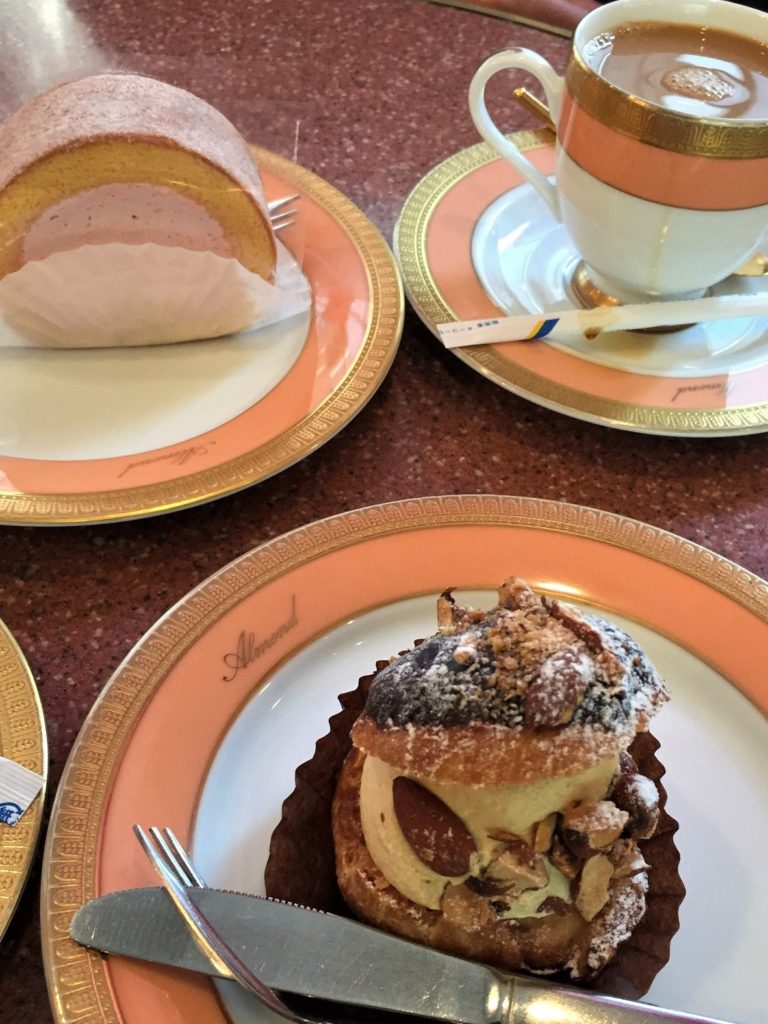
Adrie immediately fell in love with Tokyo (it reminder her of New York, just cleaner) and the rest of Japan for that matter. Unfortunately we only had two days to explore the capital city, but given the sheer size of Tokyo we took things easy.
Here are 10 things we did in Tokyo, 9 of which were free and one on the upper end of expensive!
1 Walk around the Imperial Palace during cherry blossom season
April is cherry blossom season in Japan. The trees normally bloom from late March to early April (give or take a few days) but it only ever lasts for 14 days. We crossed the city and went for a walk around the Imperial Palace in search of blossoms. While there were a few trees in bloom, it has apparently been a rather cold winter, so the blooms were late this year. Hopefully it warms up a bit over the coming two weeks as we travel through Japan.
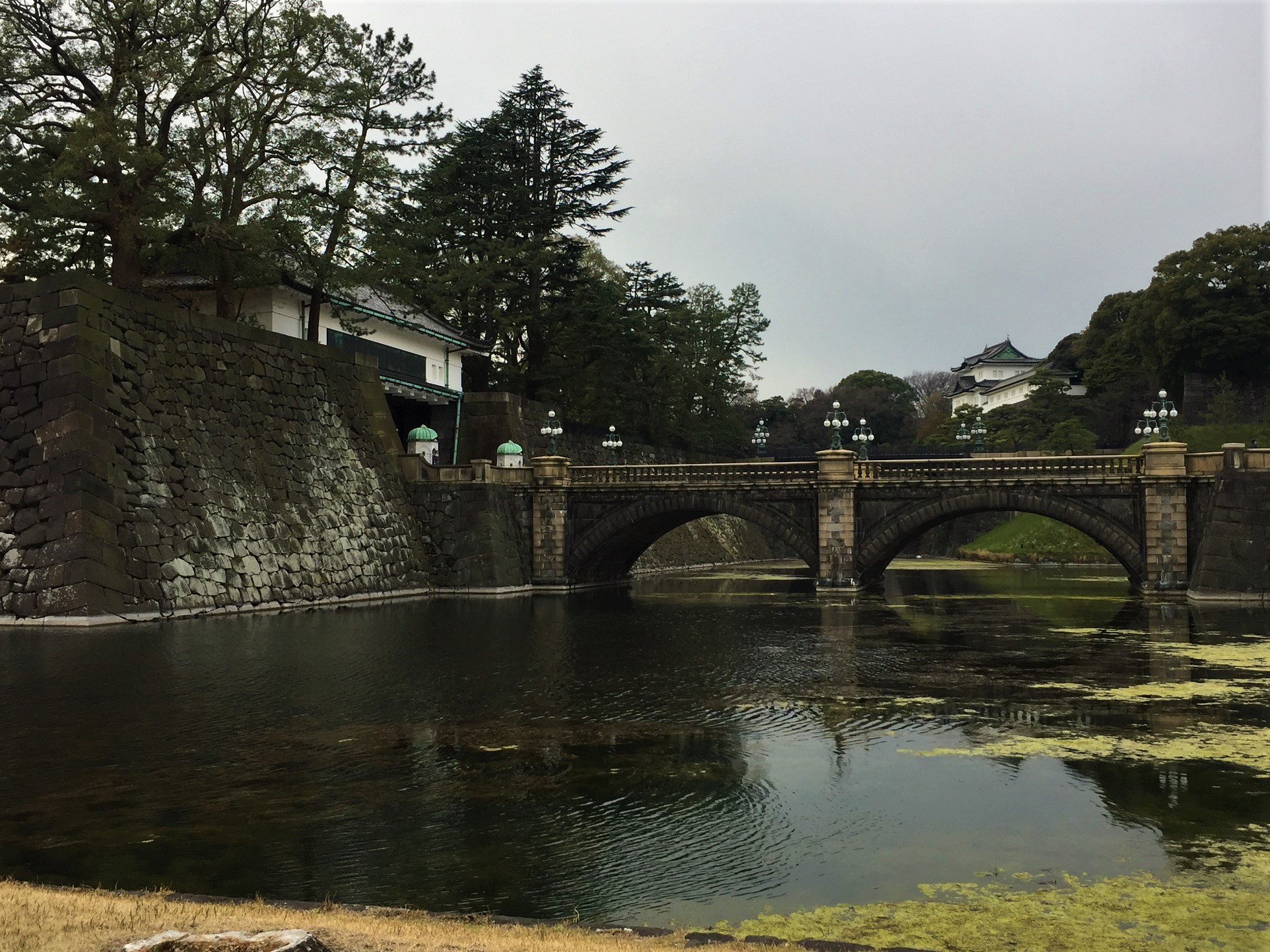
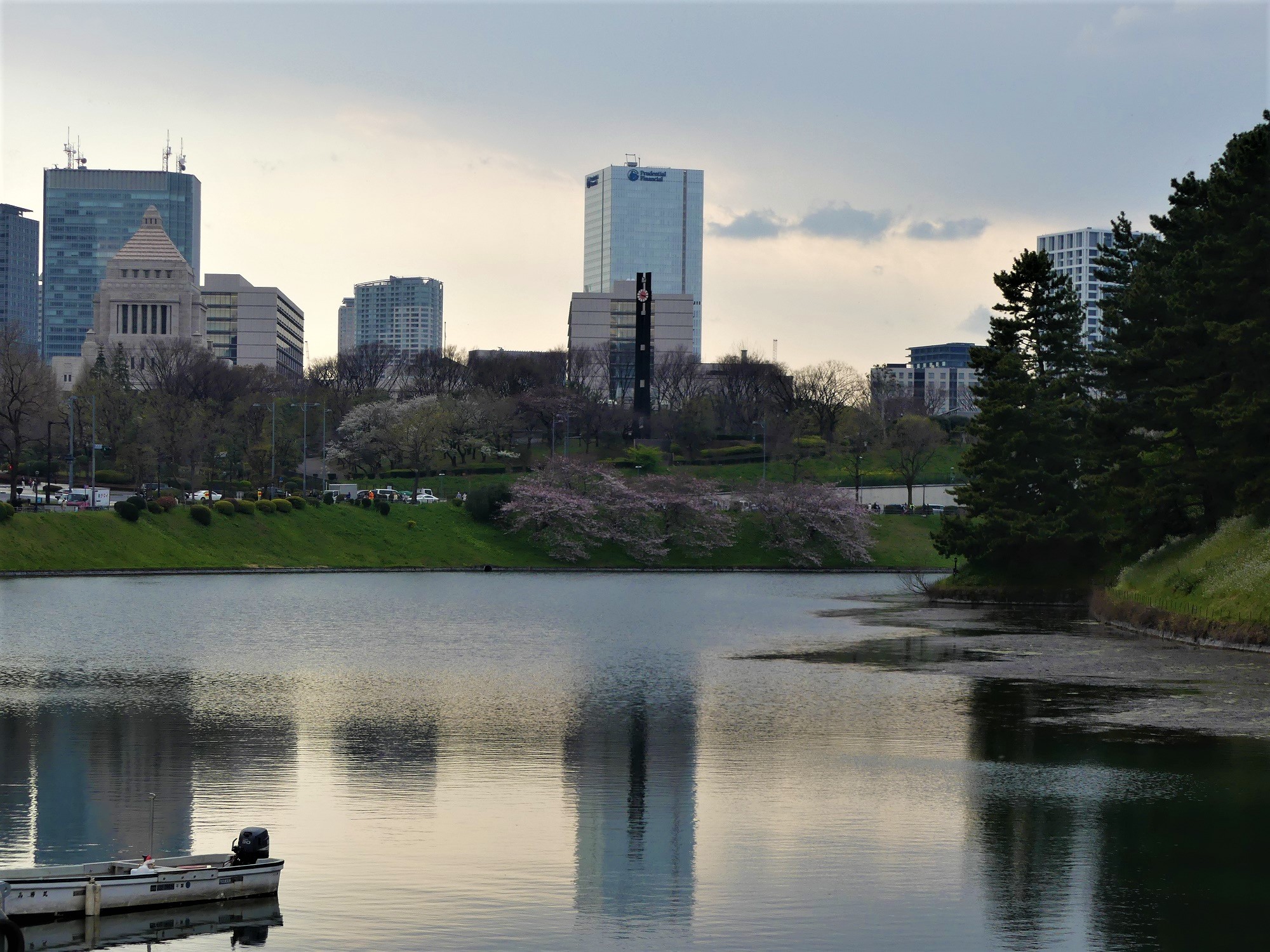
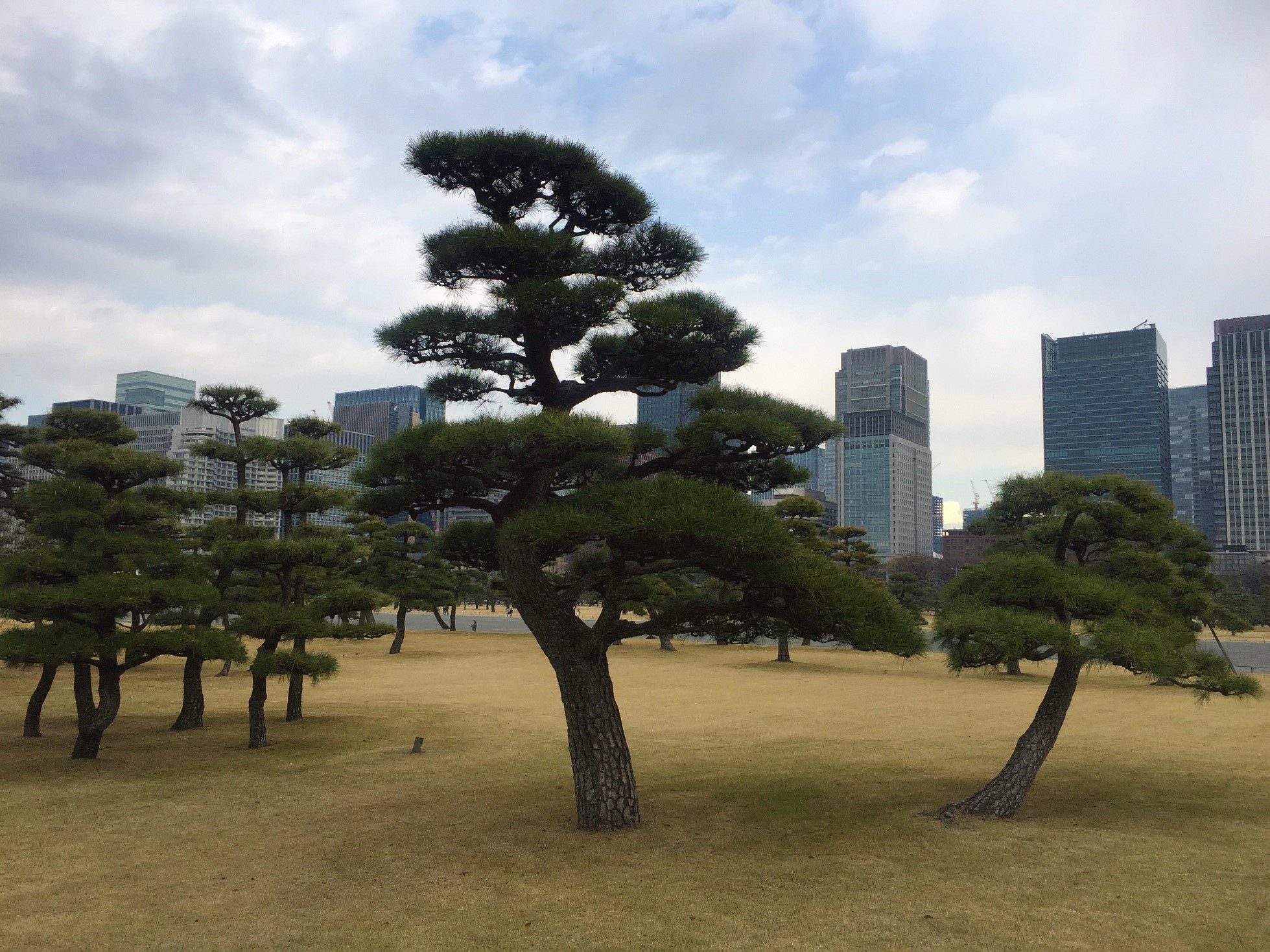
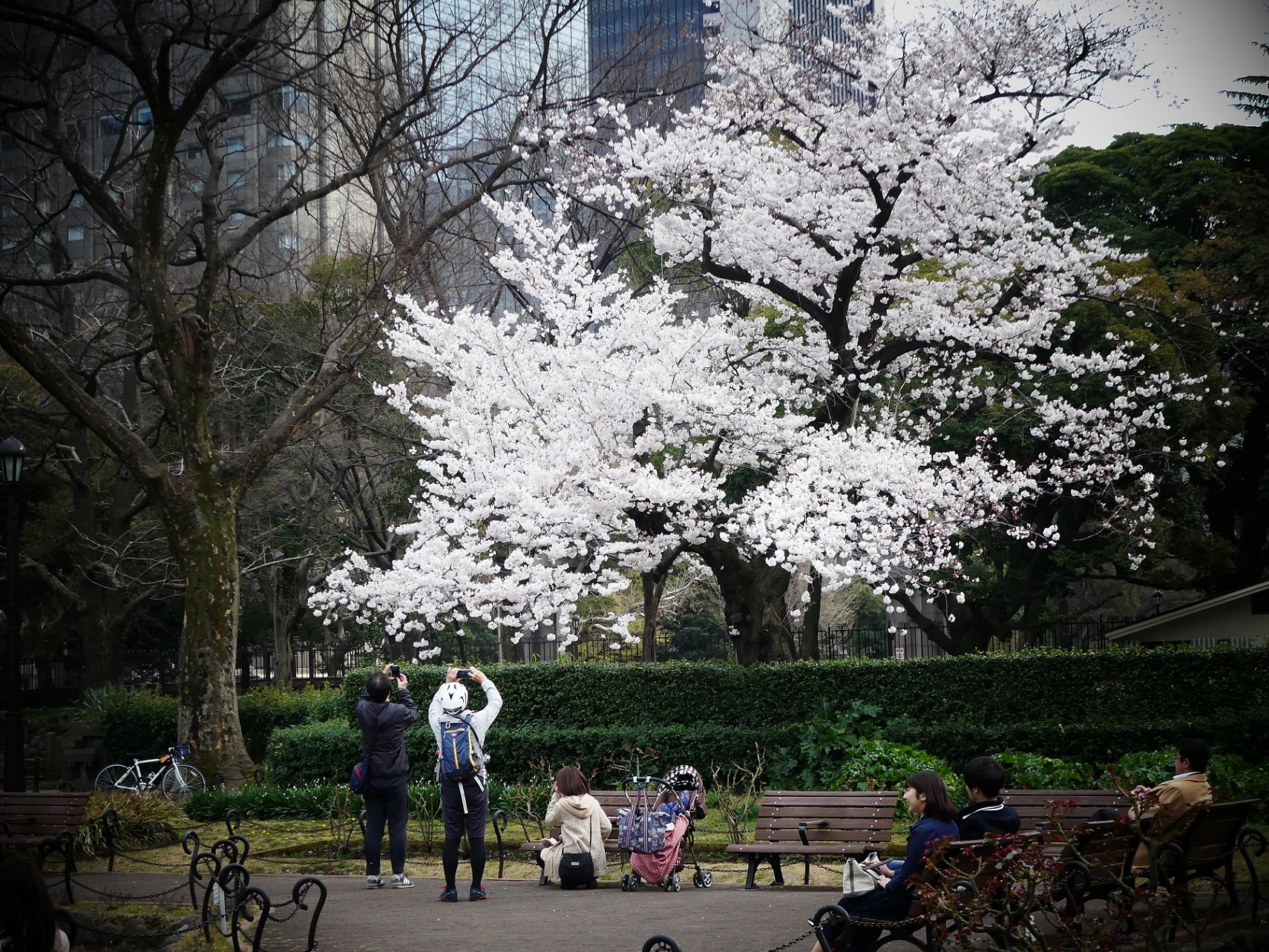
2 Tsukiji Fish Market
The big attraction in Tokyo is Tsukiji fish market. At 5am every morning they auction some of the biggest and best tuna, bound for Tokyo’s finest sushi restaurants. Because it is a working market (it was never meant to be a tourist attraction) they have had to restrict the number of people who can watch the auction to 120 each morning. Apparently people queue from 3am in the morning to be one of the lucky ones. Initally Adrie set her alarm for 4am, but then (thankfully!) decided to watch a video of the auction on YouTube instead and sleep late. I knew there was a reason I married her 😉
Instead, we wandered over to the market at 10am. It is not only a fish market, they also sell and trade vegetables and meat. The outer market caters for tourists with shops selling some of the best Japanese steel knives you can find and restaurants serving fresh sushi. The queues were massively long and neither of us were that sure about having fish for breakfast. So we pushed on to Shibuya.
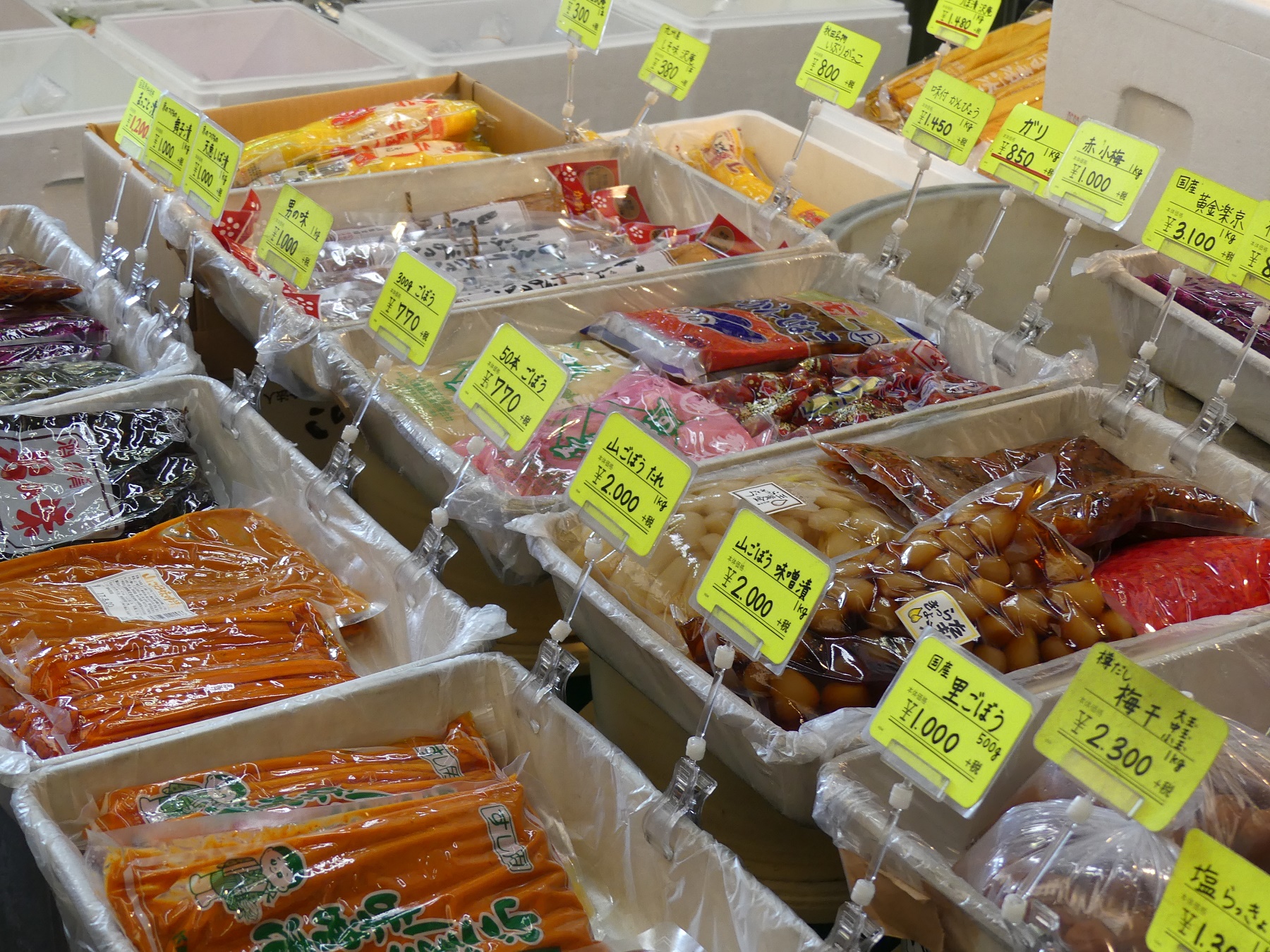
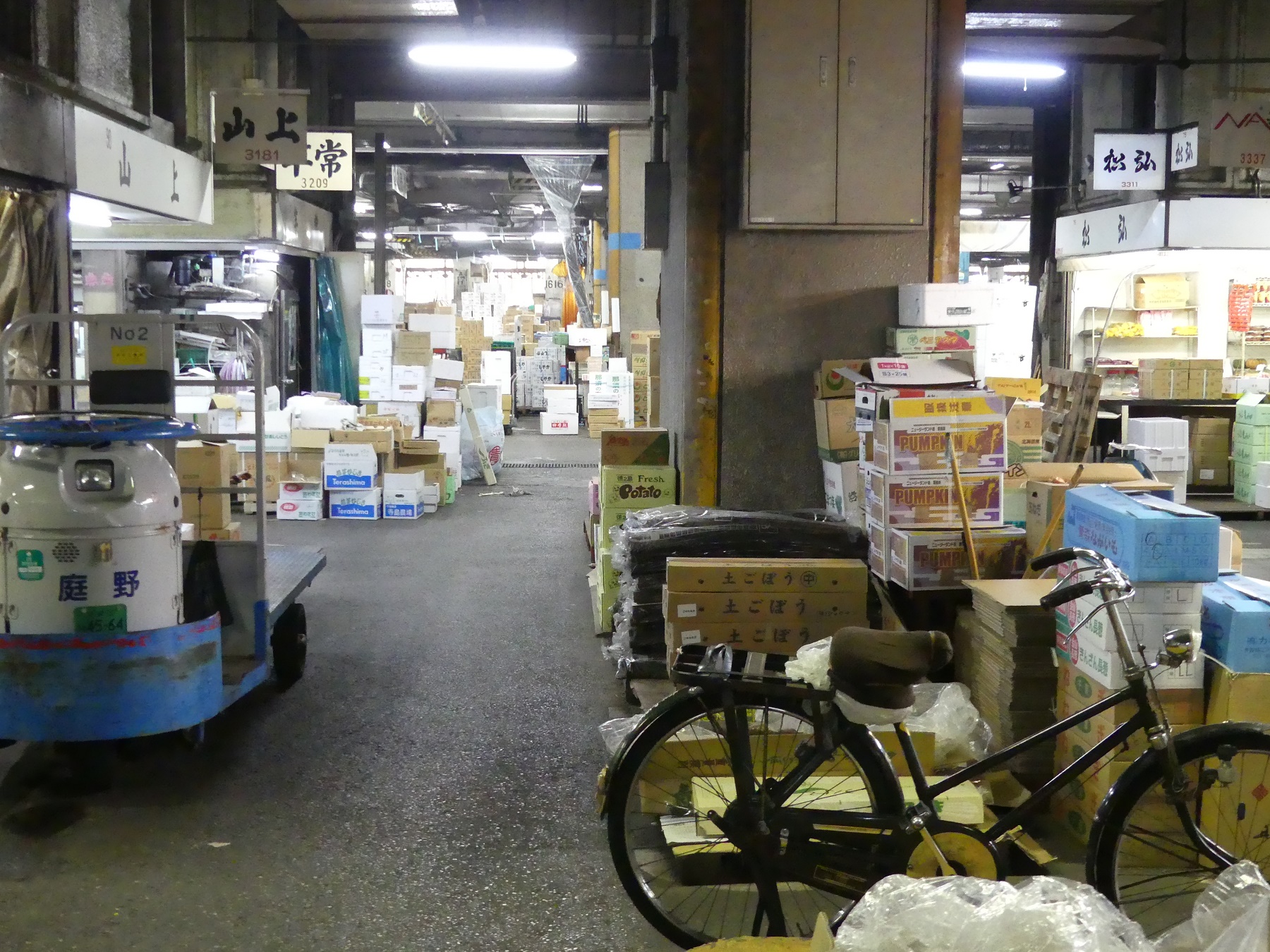
We missed all the action
3 Shibuya Crossing
The Shibuya pedestrian crossing is famous for being one of the busiest in Tokyo and also the world. Even though it is a somewhat strange tourist attraction, we could not come all the way to Tokyo and not take part in it. As soon as the green man flashes, people walk from every direction to cross and almost every second person stops to take a photo in the middle of the crossing – tourists!! Then, as if by magic, everyone disappears for a few minutes to allow the cars and busses to pass again. After crossing a few times ourselves, we watched it from above from a nearby window and the co-ordination was quite mesmerising.
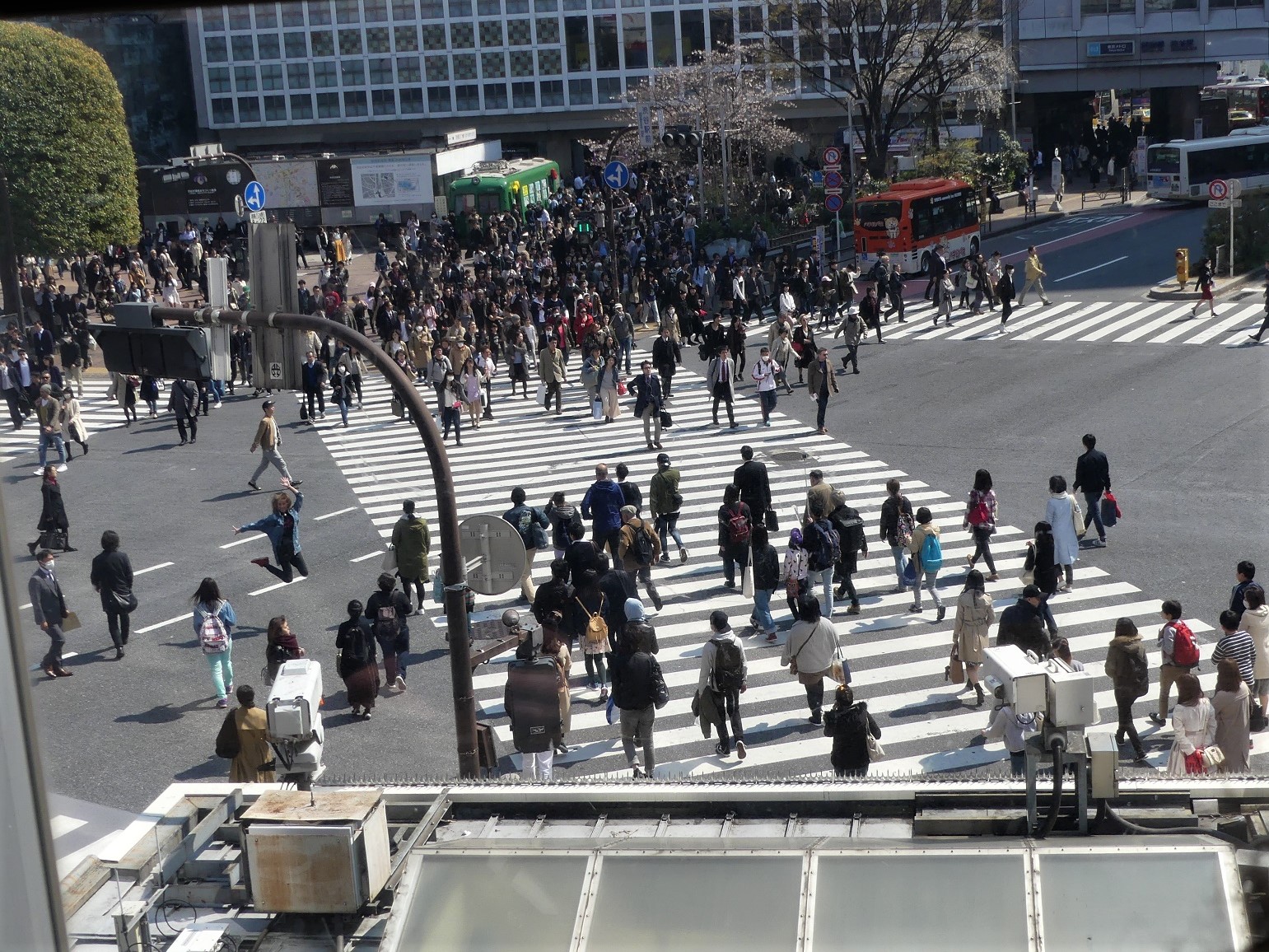
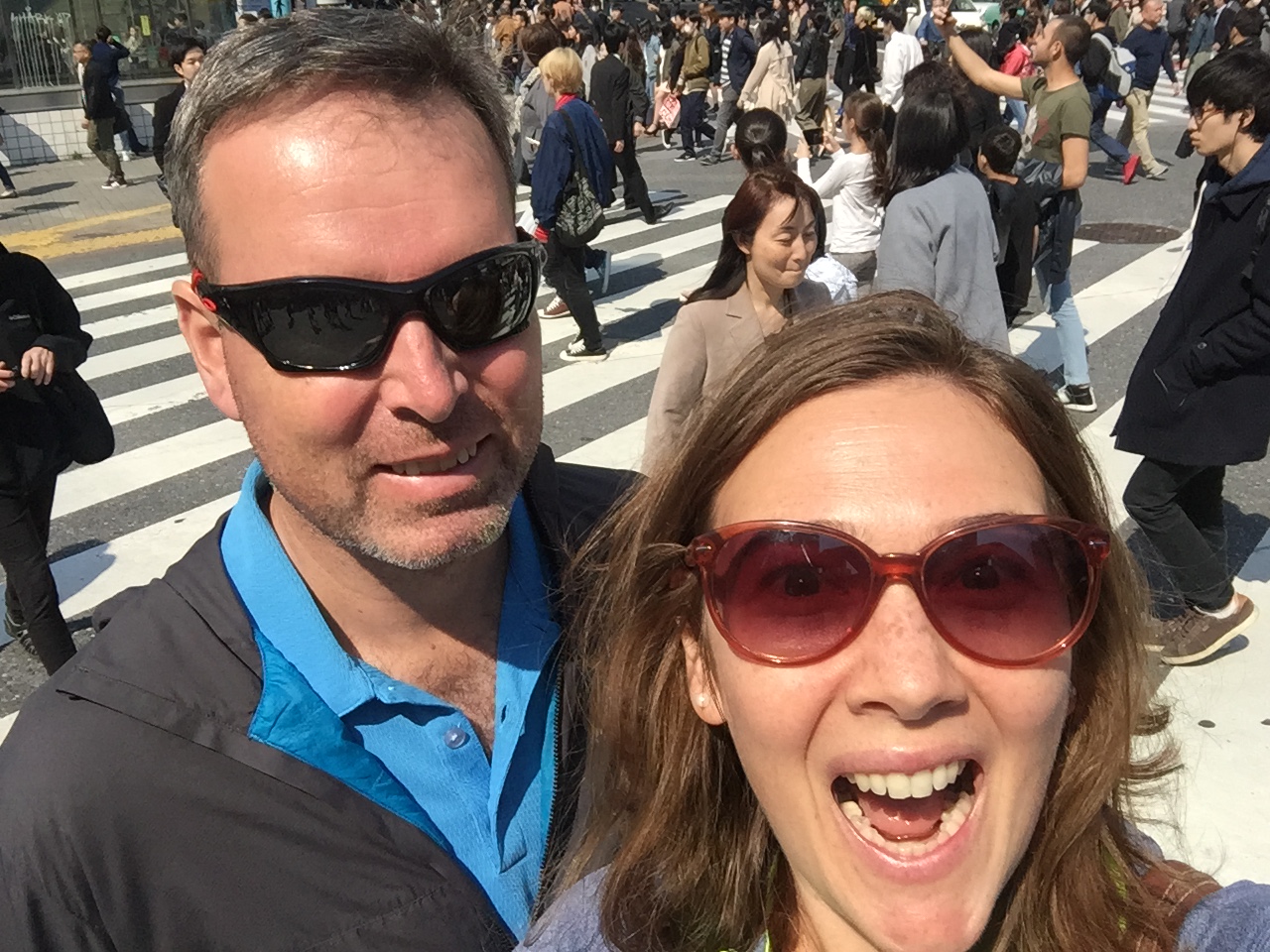
These annoying tourists!!
4 Takeshita Dori
Another street in Tokyo made famous by… who knows what. I think it’s a teen fashion bazaar that seems like some sort of pilgrimage for Japanese teenagers. The street is narrow and filled with candy shops, food booths, pancake and ice-cream stalls, kitch accessories and millions of other shiny things. It was also completely packed! At least I was easily two foot taller than anyone there so I could at least see my way out as quickly as possible.
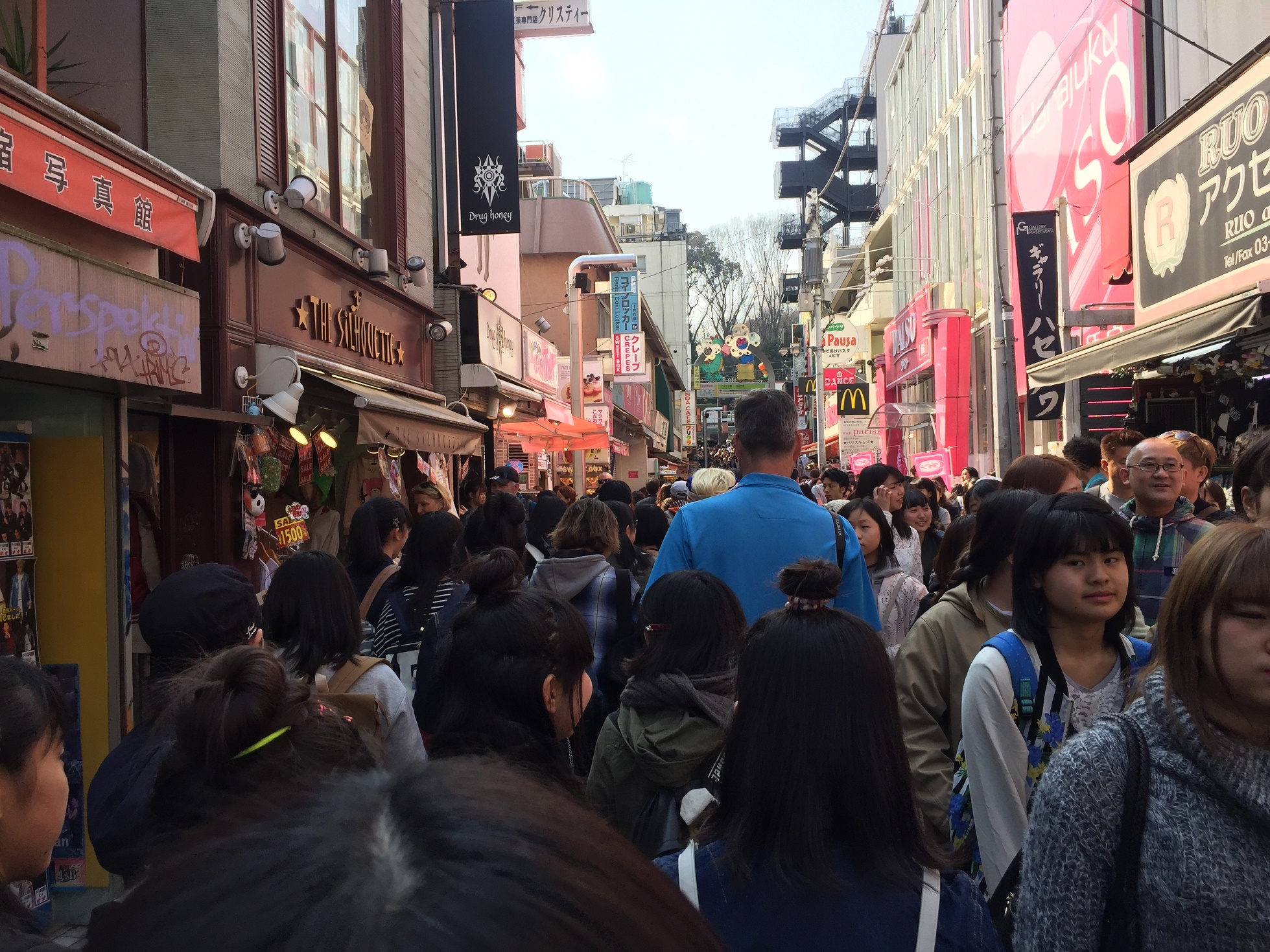
Can you spot me?
5 Meiji shrine
Just opposite Takeshita Dori is the Meiji Shrine, located in a forest adjacent to Yoyogi Park. With busy streets surrounding it, the park offers beautiful greenery and peaceful quietness. We certainly felt as if we were transported to another world. The Shinto shrine is dedicated to Emperor Meiji and his wife who were very popular in their day. Today people still come to the shrine to pray to the Emperor to bestow good fortune upon them. We loved walking around the forest, enjoying the peace and quiet.
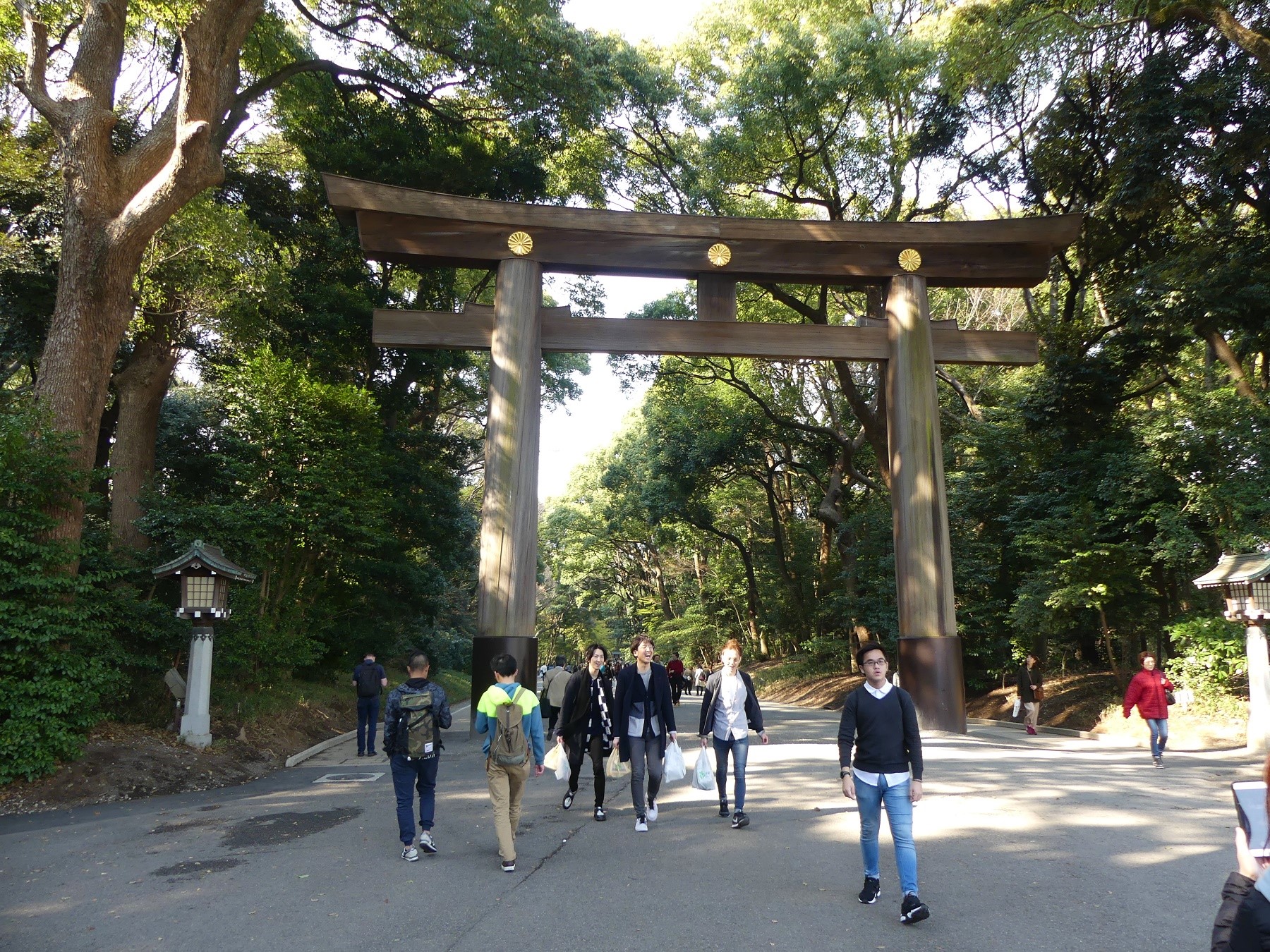
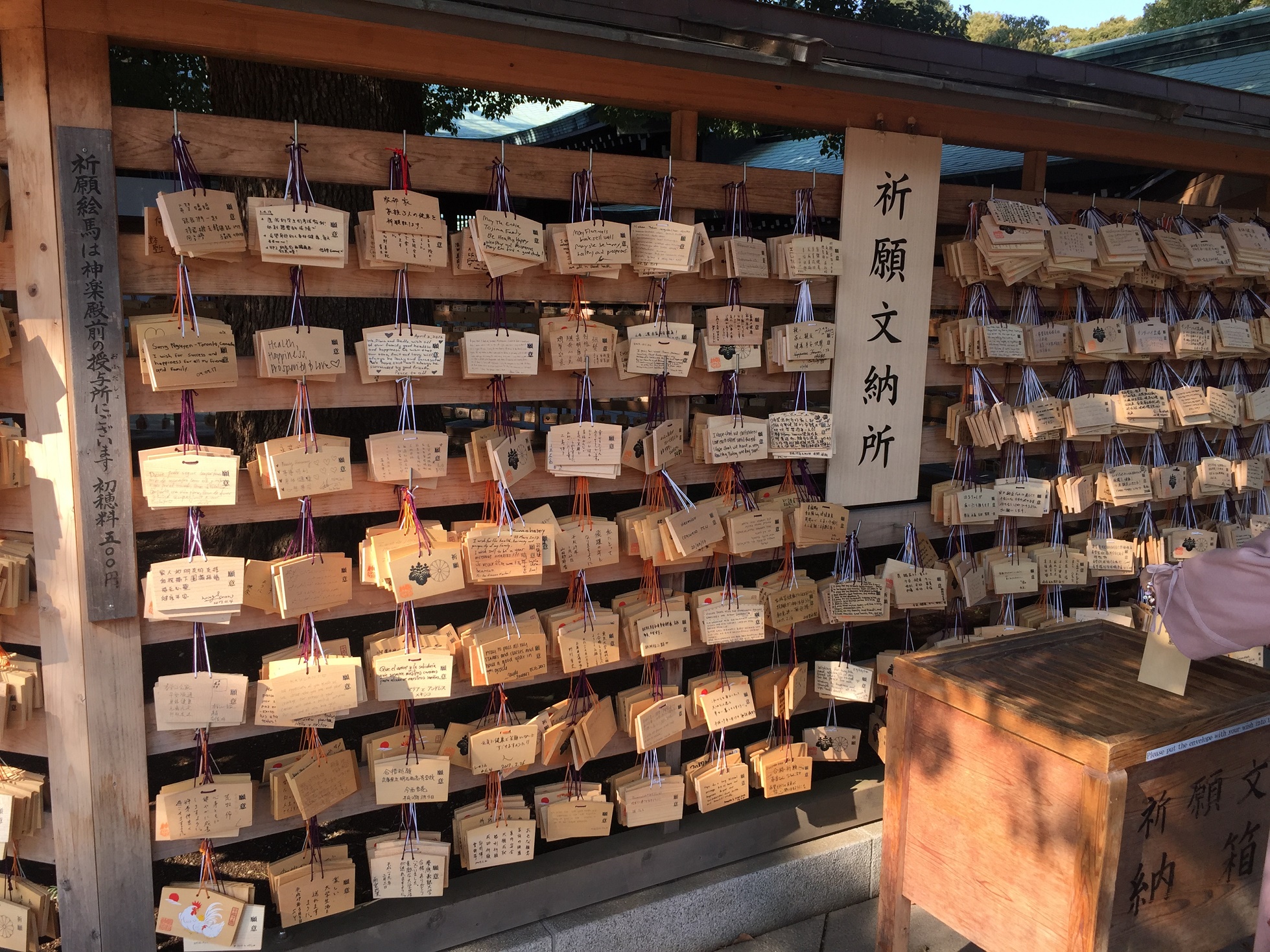
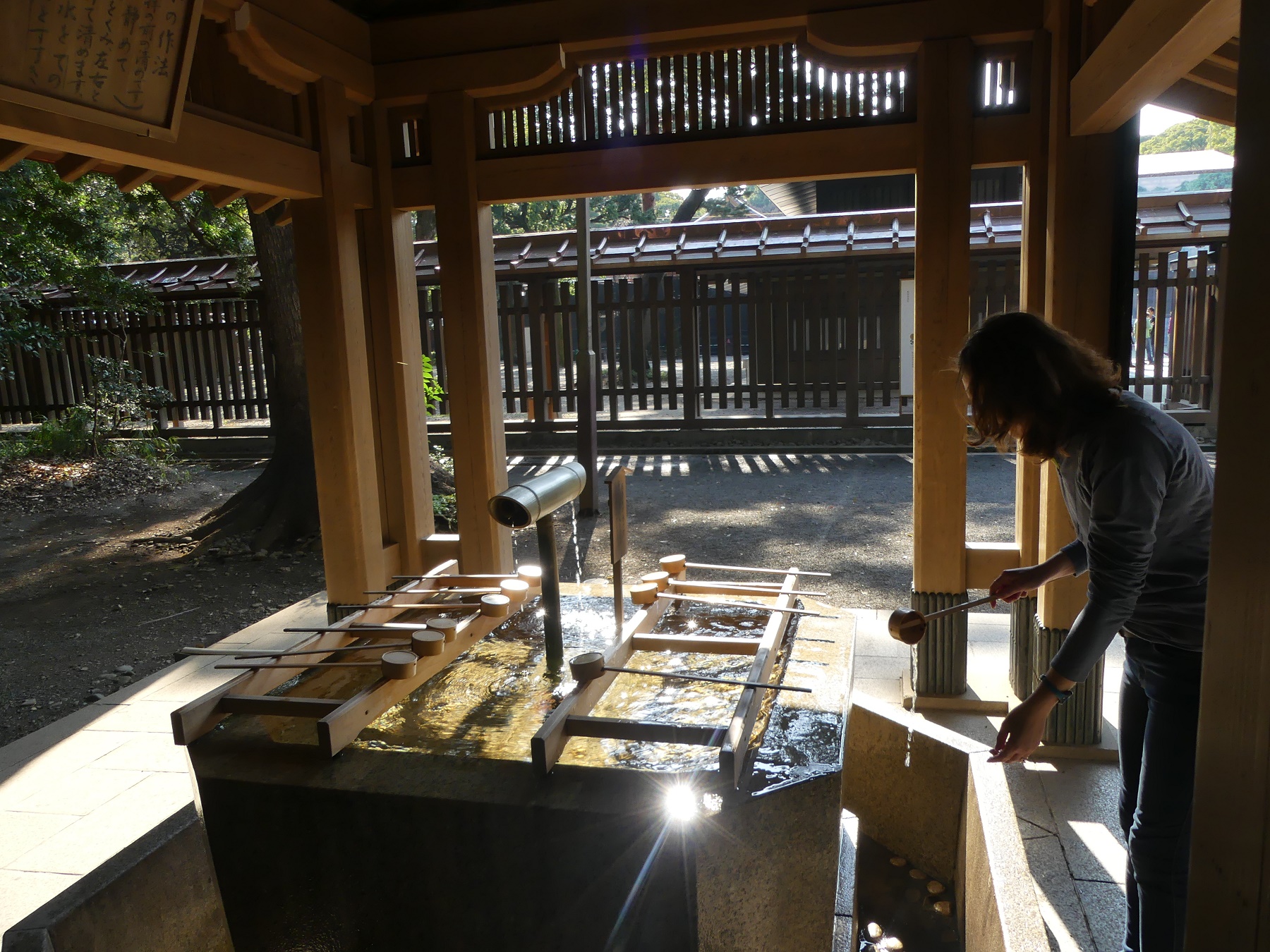
Adrie doing the ritual of washing her hands and mouth
6 The Observatory at Tokyo Metropolitan Government Building
Late in the afternoon we headed over to the Tokyo Metropolitan Government Building for a view over the city. The building houses the local government, but clearly this was not the reason why we were there. They have a free observation deck on the 45th floor, 212m above street level. Unfortunately it wasn’t a clear enough day when we visited, so we could not see Mt. Fuji in the distance. While Tokyo does not have an iconic skyline like New York, Paris, or even London, it was quite nice to gaze over the city.
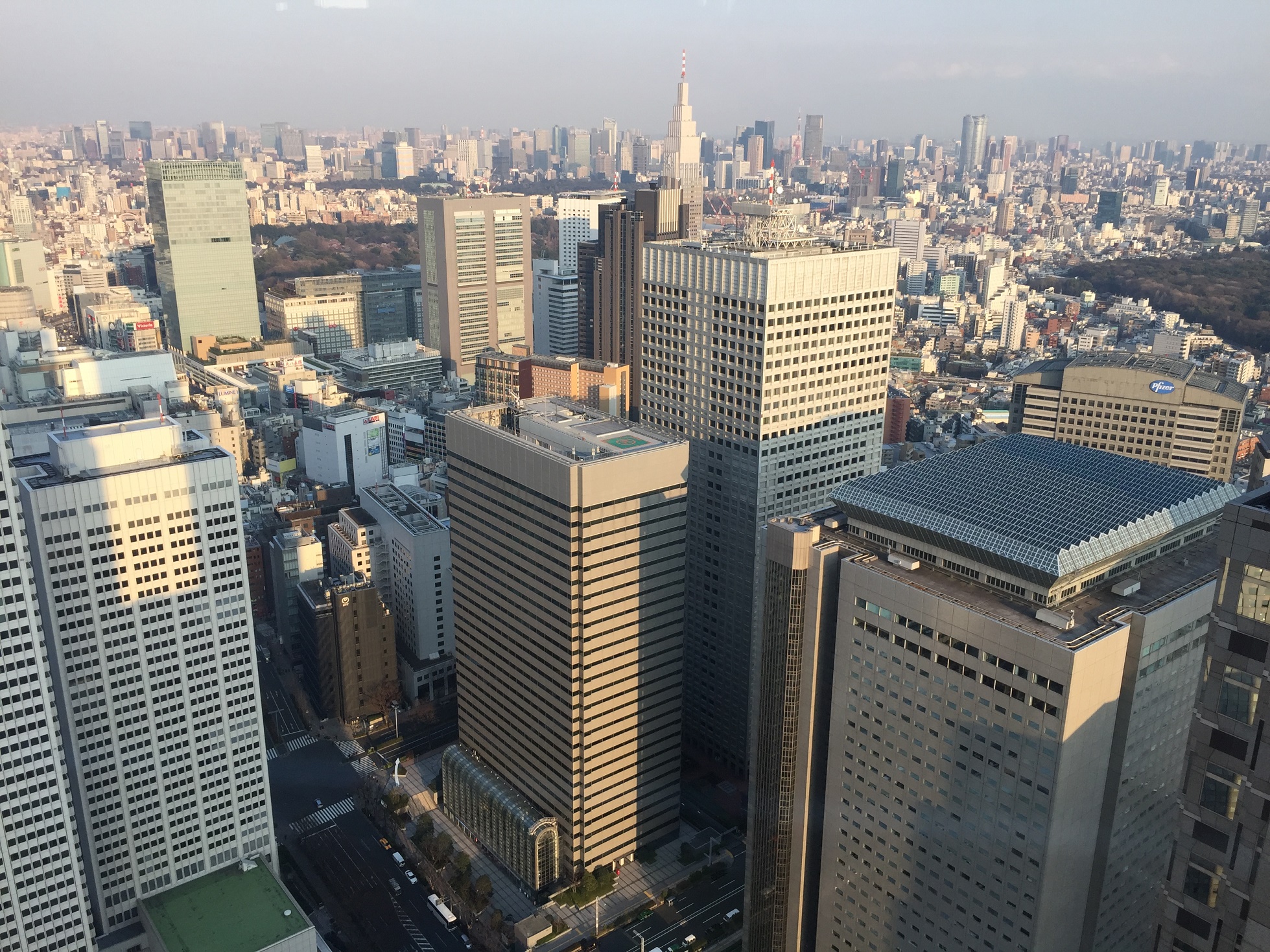
7 Pachinko Parlours
We stumbled upon a few strange things during our time in Japan, but none as strange as Pachinko Parlours. People across Japan are generally quite private, avoid eye contact and don’t talk loud in public – if at all. Imagine our surprise when we walked into a Pachinko Parlour… sensory overload with bright, flashing lights, loud music, thick smoke and row upon row of bright pink (pinball-like) machines. As if in a trance-like state, in front of these machines sat men in business suits, old ladies, young teenagers, all playing a game we could not make any sense of, but apparently they were all collecting small silver balls. Gambling with cash is illegal in Japan, so these balls serve as both the bet and the reward. Fascinating, but hard to explain!
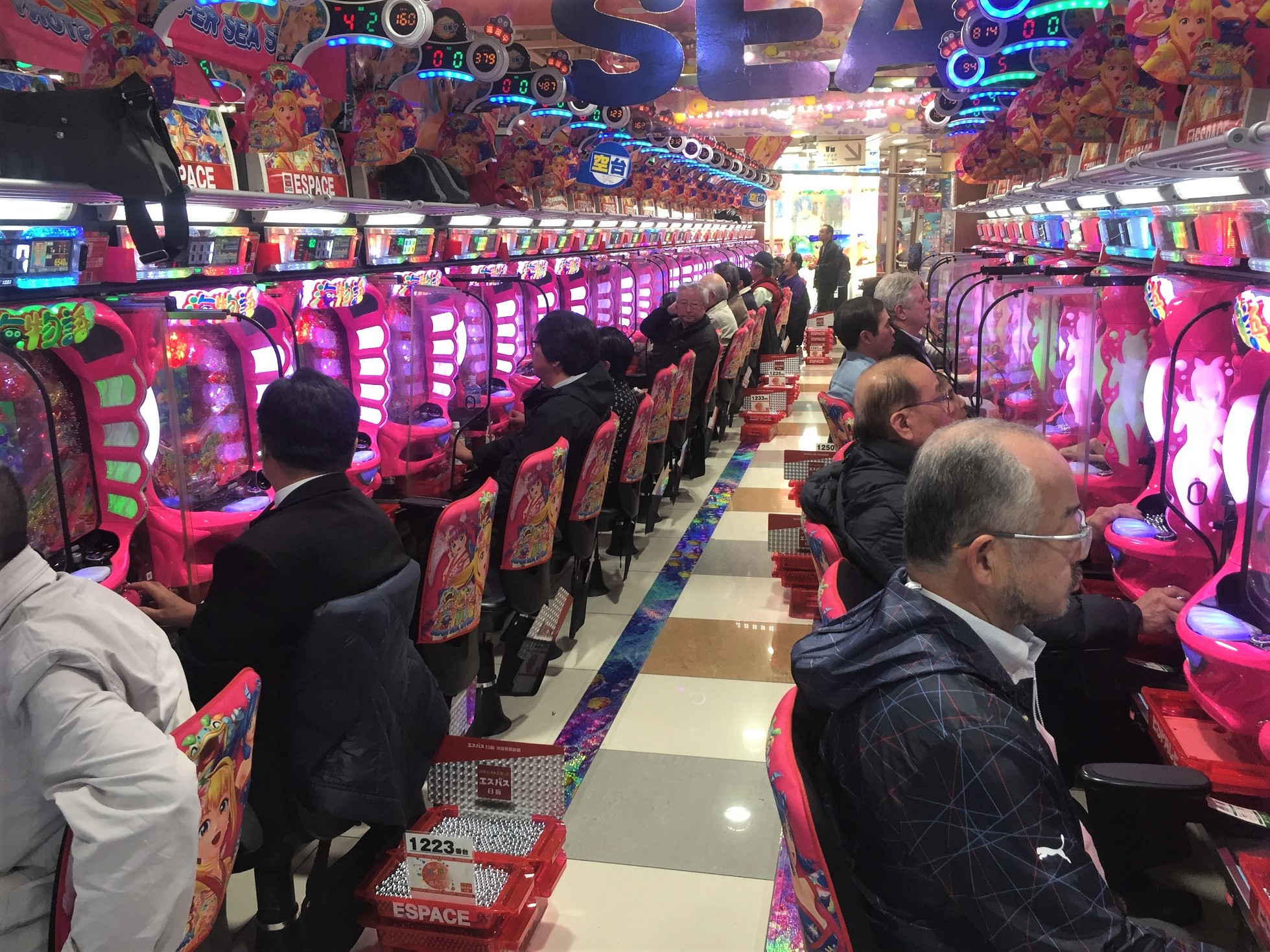
WTF?
8 Senso-ji Temple
On our last morning in Tokyo we woke up early to see the oldest, and one of the most popular, temples in the city – Senso-ji temple. Luckily we beat most of the crowds, but even so early in the morning many locals came to the shrine to make offerings, and tourists were already in every corner, snapping away. Most temples in Japan have purification throughs (fountains at the entrance where people clean their hands and mouth before entering and praying) and some also have omikuji – random fortunes written on strips of paper. The idea is that you pay 100 Yen (about £1) for a number; you then look for the corresponding drawer and receive your fortune. When the prediction is bad, it is a custom to fold up the strip of paper and attach it to a pine tree or piece of wood next to the drawer and pay for another one.
The fortune I received was bad news. I was to be dissuaded from making a trip. If I got sick I would be in the bed for a long time, etc. etc. I understood this fortune to mean I should not make a trip to Starbucks for coffee because I would get ill. I also didn’t actually pay the 100 Yen so maybe it had no powers. Who knows.
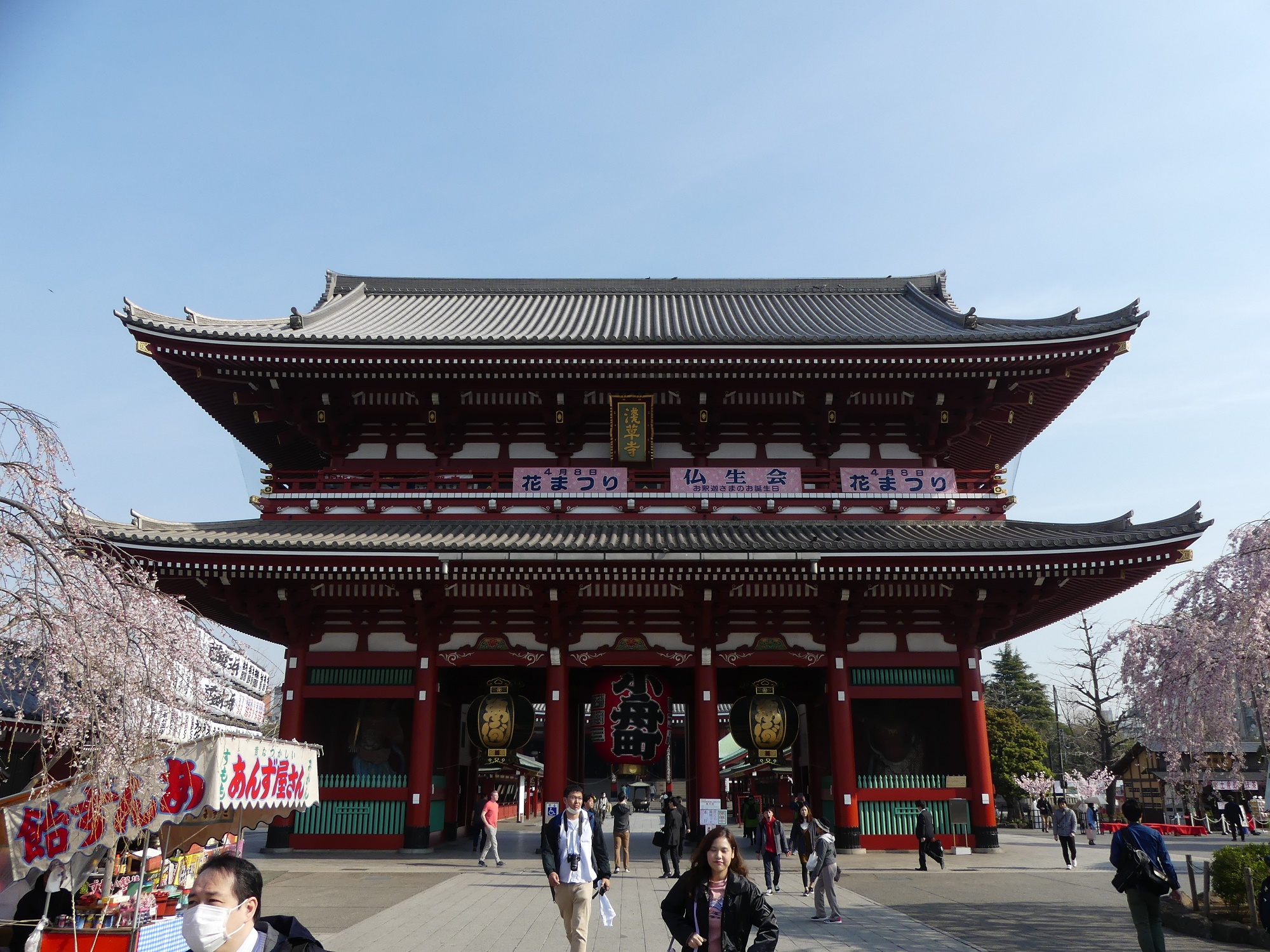
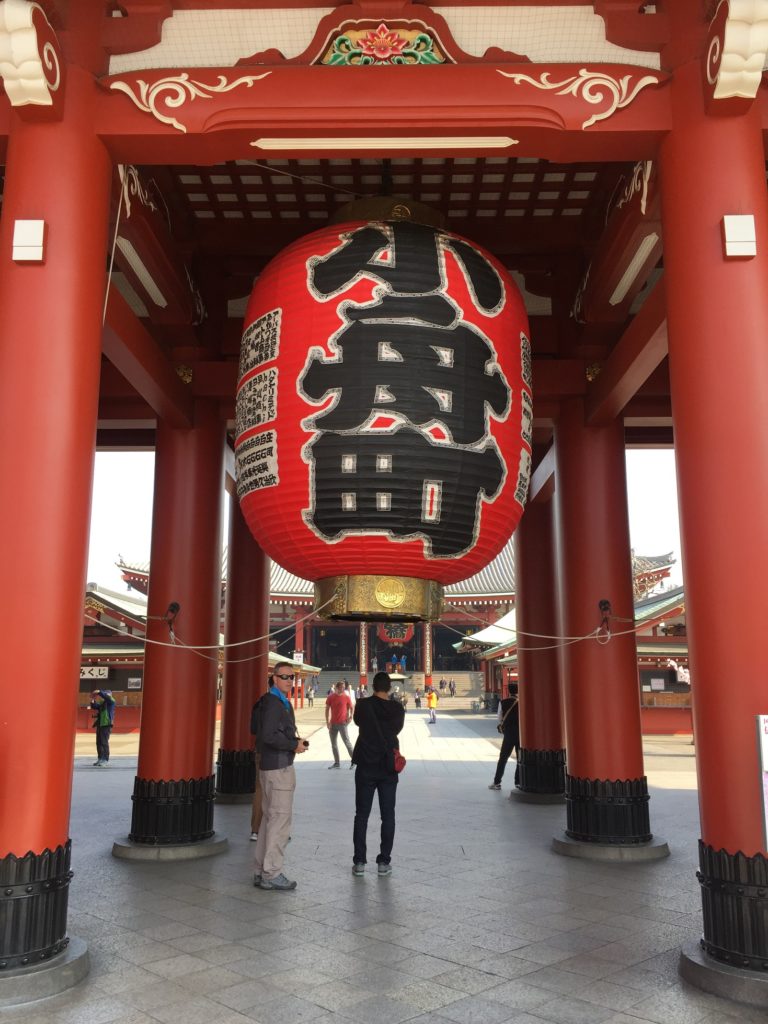
9 Chuo Dori street on a Sunday
A discovery on our arrival in Tokyo… On Sundays the central Chuo Dori street in the very plush Ginza district is closed to traffic and become pedestrianised. Initially we didn’t know what was going on, as we just saw shop owners carrying chairs and umbrellas out into the streets. Then we joined all the other posh people in their Sunday finest and sat on chairs in the middle of the road, enjoying the sunshine and watching people shop in the designer stores.
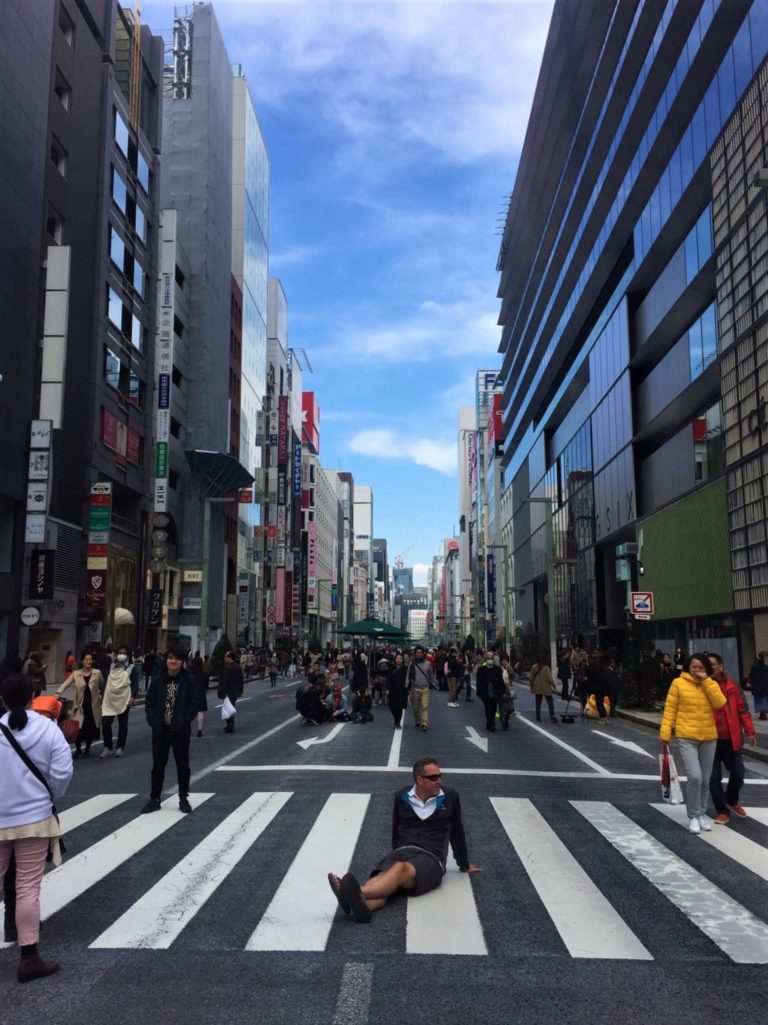
And the not so free…
10 Laundry
We were both almost out of clean clothes when we landed in Tokyo. Given that we just came from a country where laundry was “expensive” at £5 for two full bags, here we were facing a $5 per item price tag… bad planning!! If we had done it in Saigon it would have been 20 times cheaper and infinitely less troublesome. Our problem now was twofold; not only was Japanese labour way more expensive, but the bigger issue was simply to find a laundromat. The cost of space in central Tokyo means that there simply aren’t many. We eventually found one (at a reasonable price) after about 3km of walking that also included a coffee stop. Lesson learnt.
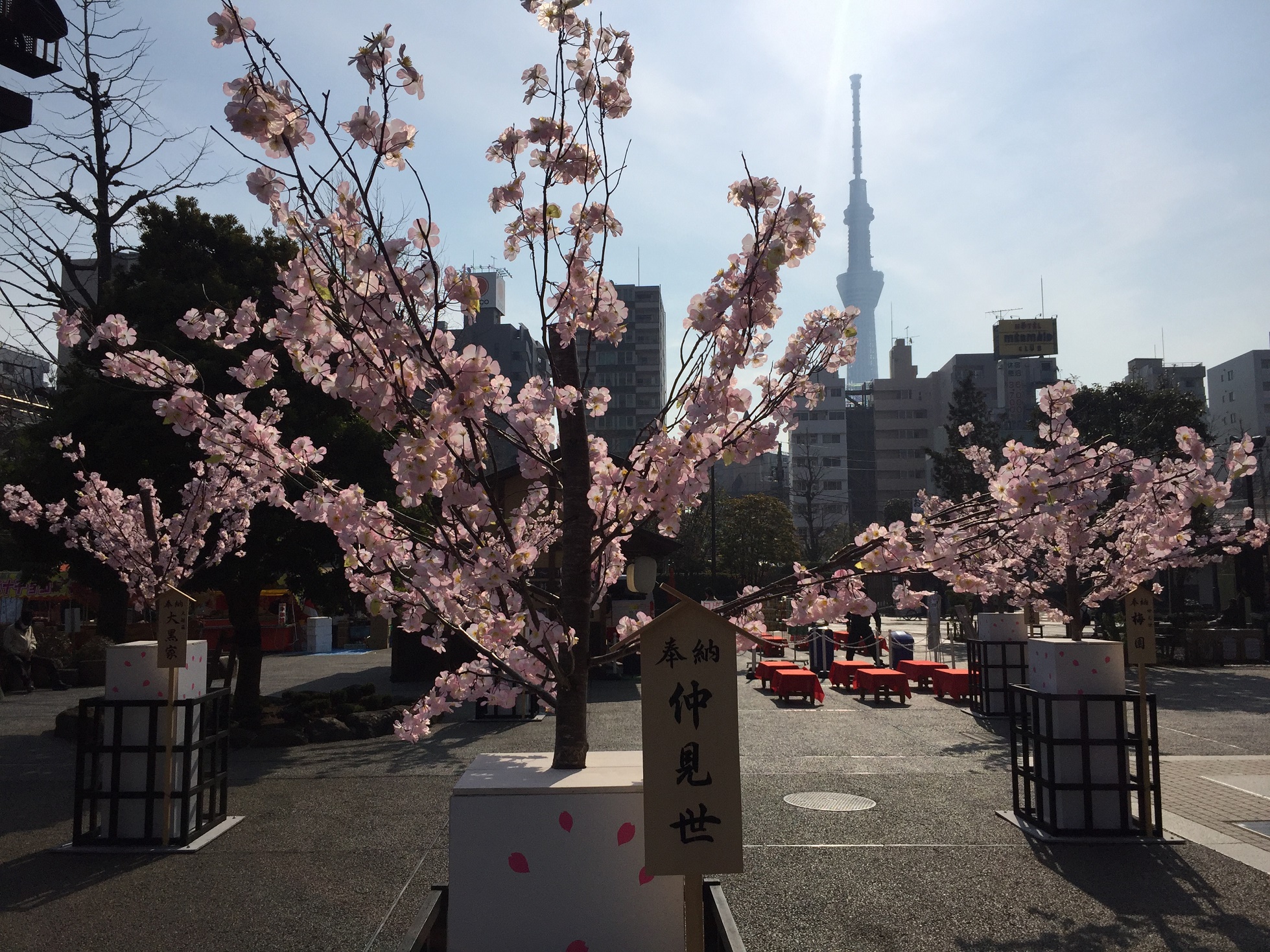
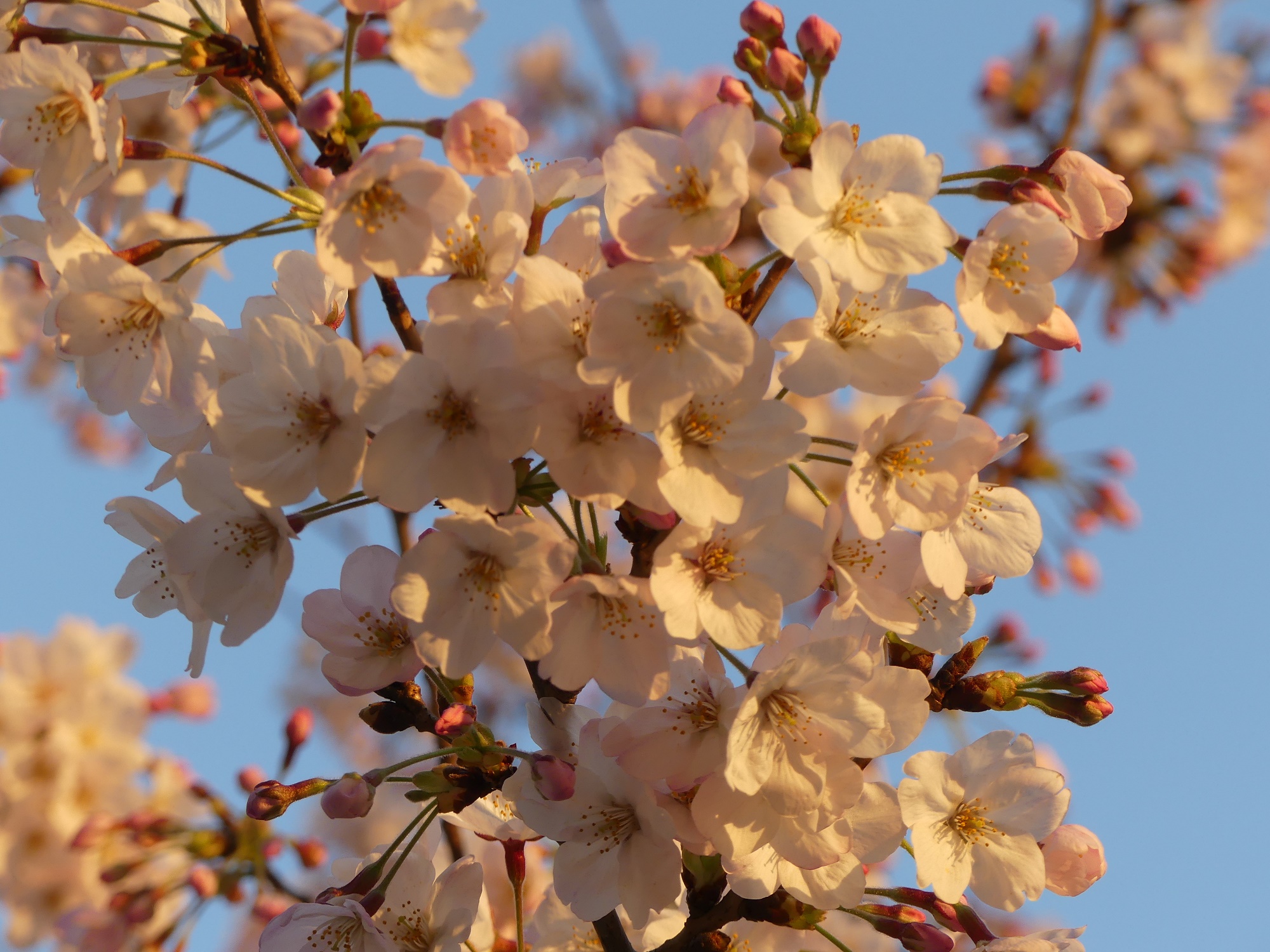
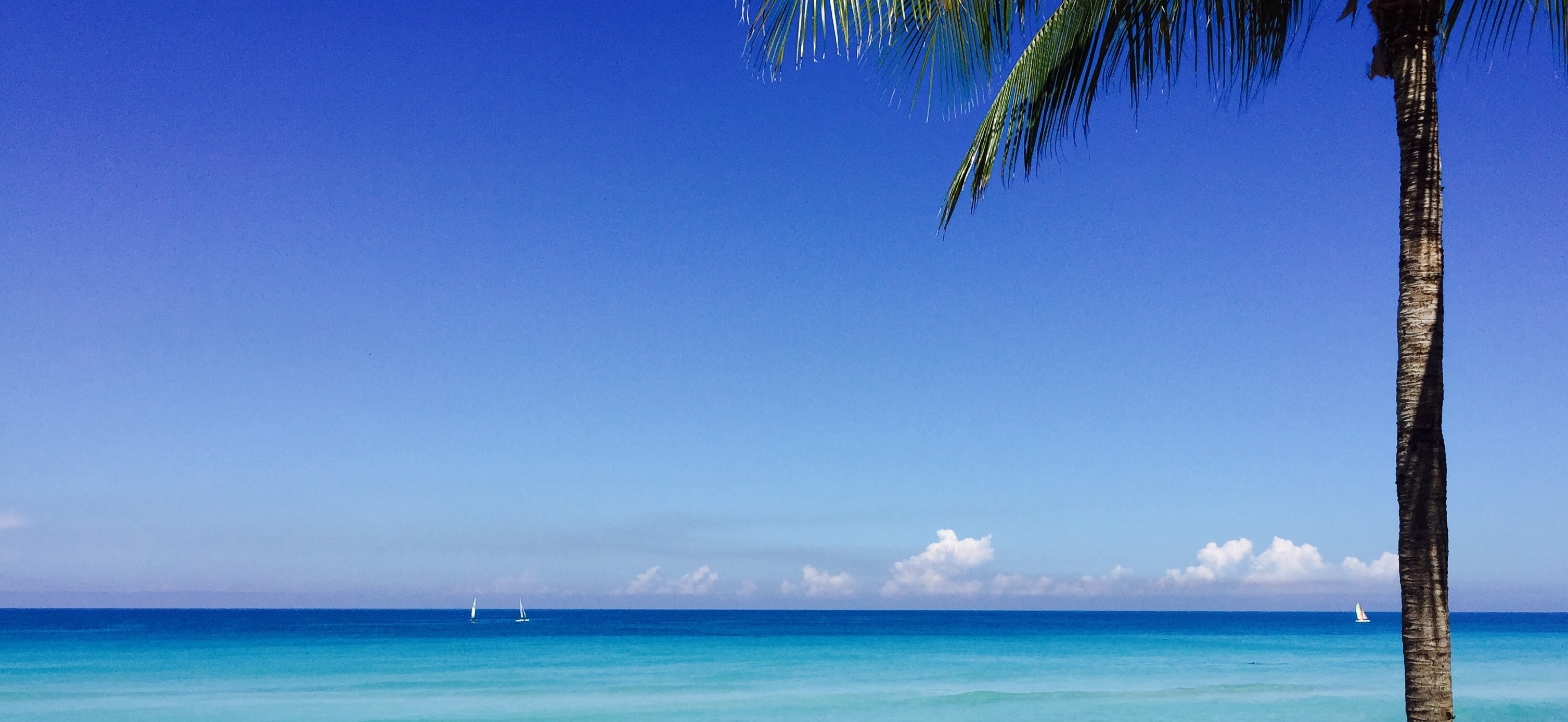
Wow wow wow!!
Definite bucket list destination!